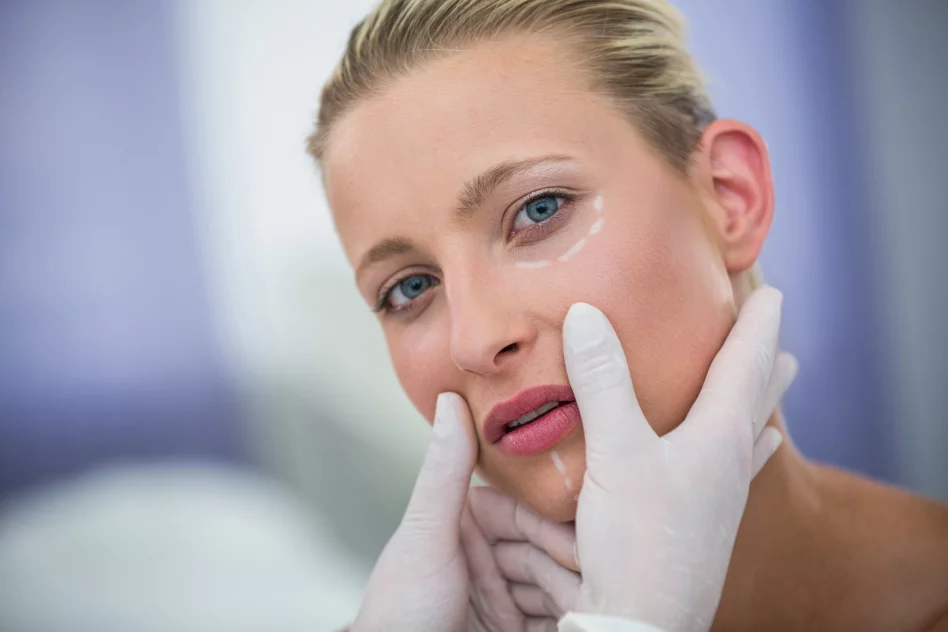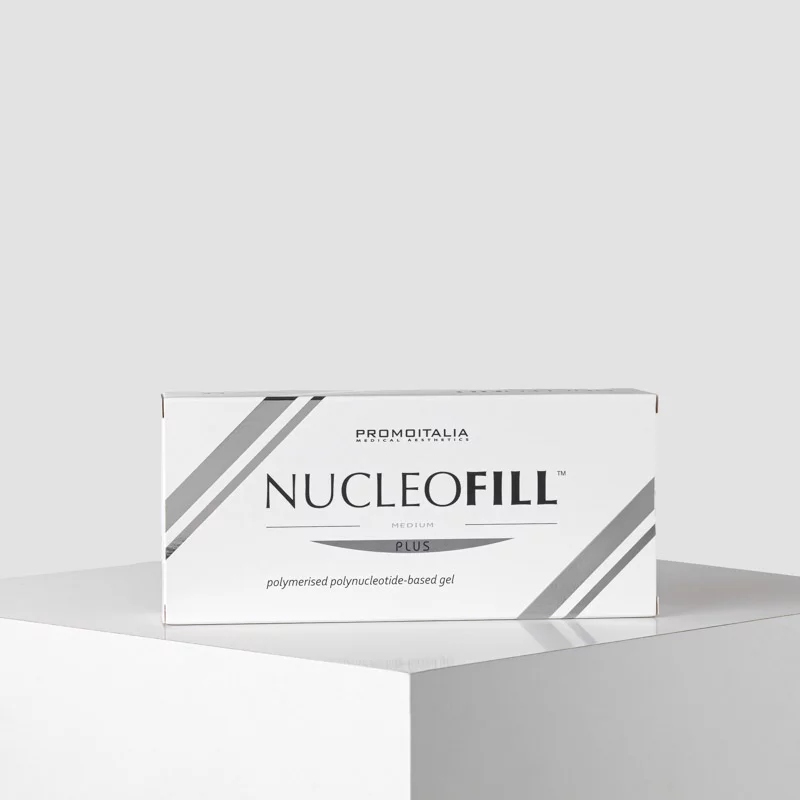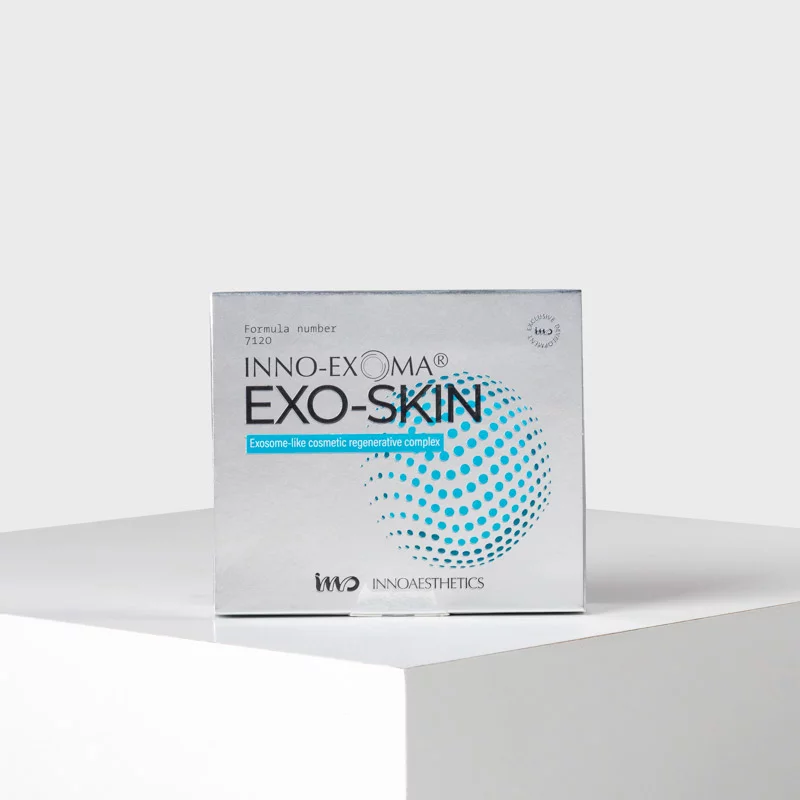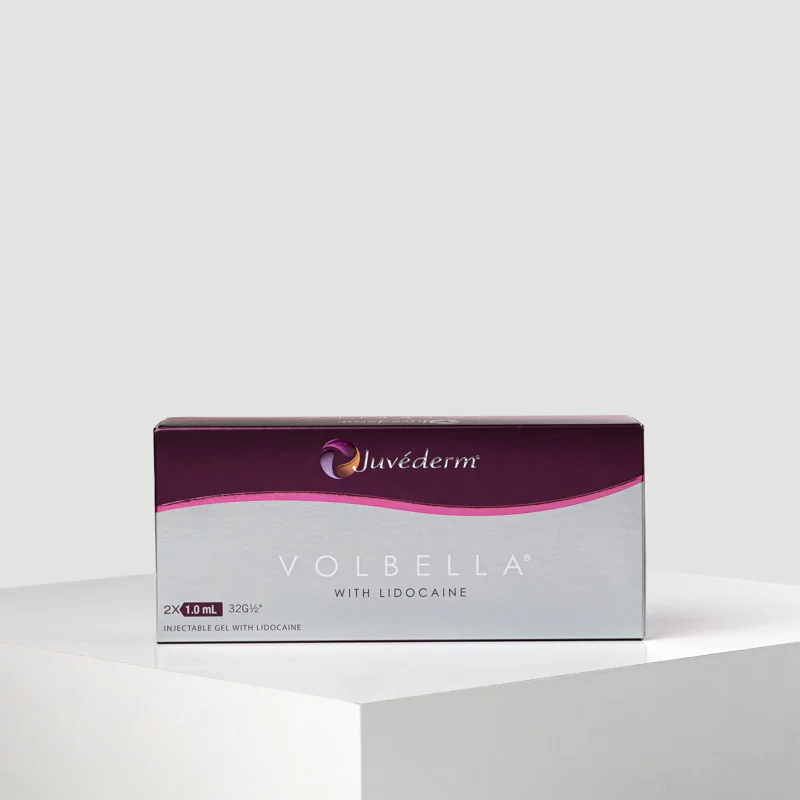-

- Author e-FILLERS Team
- Nov 10th, 2025
Tear Trough Treatment: Fillers vs Polynucleotides vs Exosomes

The tear trough (under-eye hollow) is one of the most delicate and challenging areas to treat in aesthetic medicine. Dark circles, hollowness, and fine wrinkles can make the face look tired—even when well-rested. Today, three popular treatment options dominate this area: hyaluronic acid fillers, polynucleotides, and exosomes.
Each works differently, and choosing the right one depends on anatomy, skin quality, and patient goals. Let’s compare them in a clear and professional way.
1. Hyaluronic Acid Tear Trough Fillers
What They Do:
Replace lost volume under the eye.
Reduce hollowness and soften shadows.
Provide instant results.
How They Work:
Cross-linked hyaluronic acid is injected into the tear trough to lift the skin and smooth the depression. Low-density, soft fillers are preferred to prevent puffiness.
Pros:
Immediate visible improvement
Results last 6–12 months
Reversible with hyaluronidase if needed
Cons:
Risk of Tyndall effect (bluish hue if injected superficially)
Swelling or puffiness in patients with fluid retention
Not ideal for very thin or lax skin
2. Polynucleotides (PN / PDRN)
What They Do:
Improve skin quality rather than volume.
Reduce fine lines, dark circles, and dehydration.
Stimulate fibroblasts, collagen, and tissue repair.
How They Work:
Polynucleotides (derived from salmon DNA) promote skin regeneration and hydration at a cellular level. They don’t fill—they heal and rebuild.
Pros:
Natural, subtle rejuvenation
Improves texture, elasticity, and under-eye brightness
Minimal swelling and downtime
Good for early aging or thin skin patients
Cons:
Does not add volume
Results build gradually over 2–3 sessions
Effects last around 6 months
3. Exosomes for Tear Troughs
What They Do:
Regenerate skin using cell-to-cell communication.
Improve dark circles, pigmentation, and fine lines.
Promote collagen, elastin, and angiogenesis.
How They Work:
Exosomes are tiny extracellular vesicles derived from stem cells. They don’t fill or stretch tissue—but deliver growth factors and anti-inflammatory signals to repair and brighten the under-eye area.
Pros:
Advanced regenerative therapy
Reduces inflammation, pigmentation, and wrinkles
Suitable even for sensitive or post-inflammatory skin
Can be applied with microneedling or injected
Cons:
Does not correct deep hollows
Higher cost compared to PN or fillers
Results develop gradually across several weeks
Comparison Table
Which Treatment Is Best?
Can They Be Combined?
Yes — combination therapy often delivers the best results.
Step 1: Polynucleotides or exosomes to improve skin strength and hydration
Step 2: Fillers 3–4 weeks later to restore volume safely
Maintenance: Exosomes or PN every 4–6 months for long-term skin quality
Final Thoughts
Tear trough treatment is not “one solution fits all.”
Fillers replace lost volume
Polynucleotides restore skin health
Exosomes regenerate tissue at a cellular level
A personalized approach based on anatomy, skin type, and expectations delivers the most natural and long-lasting results.

.webp)

.webp)






